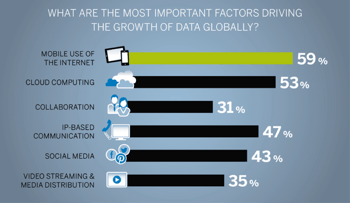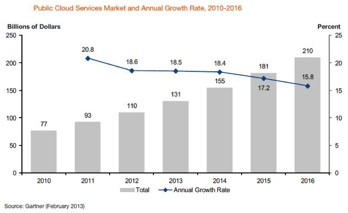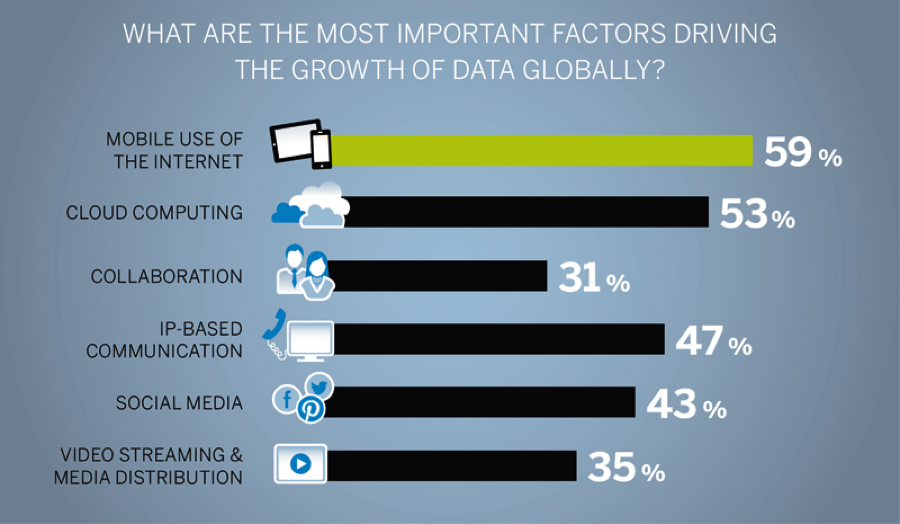 Big data is rapidly growing, and shows no signs of slowing down anytime soon. In fact, the total amount of information being captured and stored by industry doubles every 1.2 years, fueled largely by the Internet, cloud computing, and IP based communication. And by more effectively managing the large volume of data flooding their organizations, businesses will have the ability to gather greater insights about their market, customer base, and internal business operations to help drive employee productivity and business growth. But as it stands, 80 percent of analysts’ time is spent on data prep, while only 20 percent is spent looking for insights. And according to a recent Bain & Company survey, only 4% of companies say they have the right people, tools, data, and intent to draw meaningful insights from their data—which, if unchanged, will severely impact their ability to keep up in 2016.
Big data is rapidly growing, and shows no signs of slowing down anytime soon. In fact, the total amount of information being captured and stored by industry doubles every 1.2 years, fueled largely by the Internet, cloud computing, and IP based communication. And by more effectively managing the large volume of data flooding their organizations, businesses will have the ability to gather greater insights about their market, customer base, and internal business operations to help drive employee productivity and business growth. But as it stands, 80 percent of analysts’ time is spent on data prep, while only 20 percent is spent looking for insights. And according to a recent Bain & Company survey, only 4% of companies say they have the right people, tools, data, and intent to draw meaningful insights from their data—which, if unchanged, will severely impact their ability to keep up in 2016.
A few ways to stay ahead of big data in the coming year:

Adopt public cloud platforms: To make room for growing data and more effectively manage it, businesses are increasingly looking to adopt cloud solutions, which allow for enhanced business continuity and greater flexibility, at significantly lower costs. With limitless access to IT resources, large public cloud platforms such as Amazon Web Services enable users to scale as quickly as their needs dictate while removing bandwidth bottlenecks and capacity constraints. Distributing the workload across multiple data centers, public cloud platforms also create a more fault-tolerant and redundant system with enhanced reliability, mitigating concerns surrounding outages and downtime. As big data continues to grow, adoption and size of public cloud platforms likely will too.
Integrate systems and data across the entire organization: While organizations might be collecting and storing all necessary data, lack of proper integration between disparate departments and their corresponding database management solutions (and data) can severely impact their productivity, and inhibit their ability to gather key performance insights. All solutions, whether related to marketing, sales, customer support, payroll, workforce management, etc. should be fully integrated, empowering employees to resolve any issue or need, while enabling management to draw conclusions about their customers and employees. For instance, if marketing automation, CRM, and call center software solutions were all integrated, management could easily understand which verticals/channels are contributing to the largest deals, where agents are spending their time and what it amounts to, customer satisfaction score per sales rep—just to name a few—and can make changes when necessary.
Utilize state-of-the-art tools and technology: Without state-of-the-art technology and reporting, gathering key performance insights can be extremely challenging and time consuming. Organizations must ensure the platforms and database management solutions they’re using offer customizable and automated reporting engines based on accurate data in real-time, enhancing their ability to stay ahead of any trends or opportunities.





